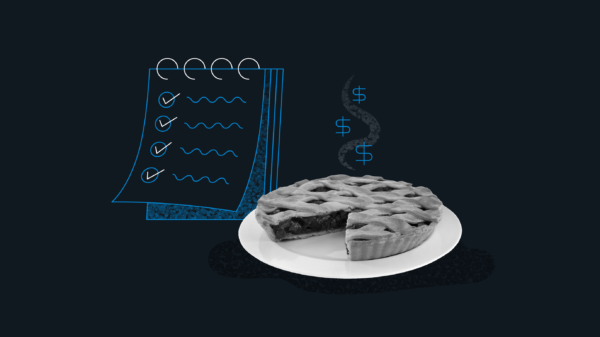Aug 10, 2020
How Much Does it Cost? Teach Your Kids a Simple Shopping Lesson
Practice shopping at home to teach your kids the value of a dollar.

As adults, it can be difficult to get a grasp on how much you’re spending. Even if you’re actively putting items in your shopping cart, you can be way off in estimating your running total.
And your children have even less context for how much things cost. That may be why your child asks for an expensive toy with little understanding about why they can’t have it—costs, scarcity, and value, for kids, can be a hard concept to grasp.
And a shopping trip is the perfect opportunity for a parent to touch on these subjects; There’s no better way to learn than through experience, after all. But you don’t necessarily need to head to a store–you can practice buying things at home!
Getting started
What you need for the activity:
- “How Much” activity sheet — [Download and Print [PDF]]
- A sales circular or newspaper ad from a grocery or office supply store
- A dollar or two worth of coins and loose change
You’re going to embark on a simulated shopping trip with your child, so have your list ready!
Note: Consider rewarding your child for their great saving habits by contributing to a Stash custodial account.
Activity instructions:
- Have your child make a list of small, inexpensive school supplies or snacks to pack in their backpack or lunchbox, from the sales circular.
- Ask your child how much they think each item costs. If their estimate is off, try to understand their reasoning, and ask them to explain their thinking.
Example: “You said the shampoo is $1 and the candy bar is $7, does that make sense?” Their initial impression may not have included a comparison to another item’s value. Let them rethink it.
Discuss the value of the items you plan to buy—where does their value come from? Talk about scarcity and value.
- With your money, help your child practice counting out the value of an item. Encourage them to experiment with different combinations of coins and dollars.
- After counting out the money for one item, have your child put it aside as if it was used. Follow the same steps for the remainder of your list.
Afterward: Talk to your kids!
Completing the activity is one thing, but you’ll want to make sure your kids understand what they were taught, and can take something away from it. Try asking these questions, and continue the conversation to reinforce the lesson:
- Are items we purchase regularly more or less expensive than you thought?
- Do you think that (list an item they have selected) is worth more than (another item of lesser cost)?
- Why? Why not?
- Evaluate your child’s impression about how quickly the money they have been counting “disappears.”
- This activity will help you evaluate how well your child is grasping the concept of value
Related Articles

Saving vs. Investing: 2 Ways to Reach Your Financial Goals

The 2024 Financial Checklist: A Guide to a Confident New Year

9 Ways to Celebrate Financial Wellness Month

Budgeting for Young Adults: 19 Money Saving Tips for 2024

The Best Personal Finance Books on Money Skills, Investing, and Creating Your Best Life for 2024

What Is a Financial Plan? A Beginner’s Guide to Financial Planning





